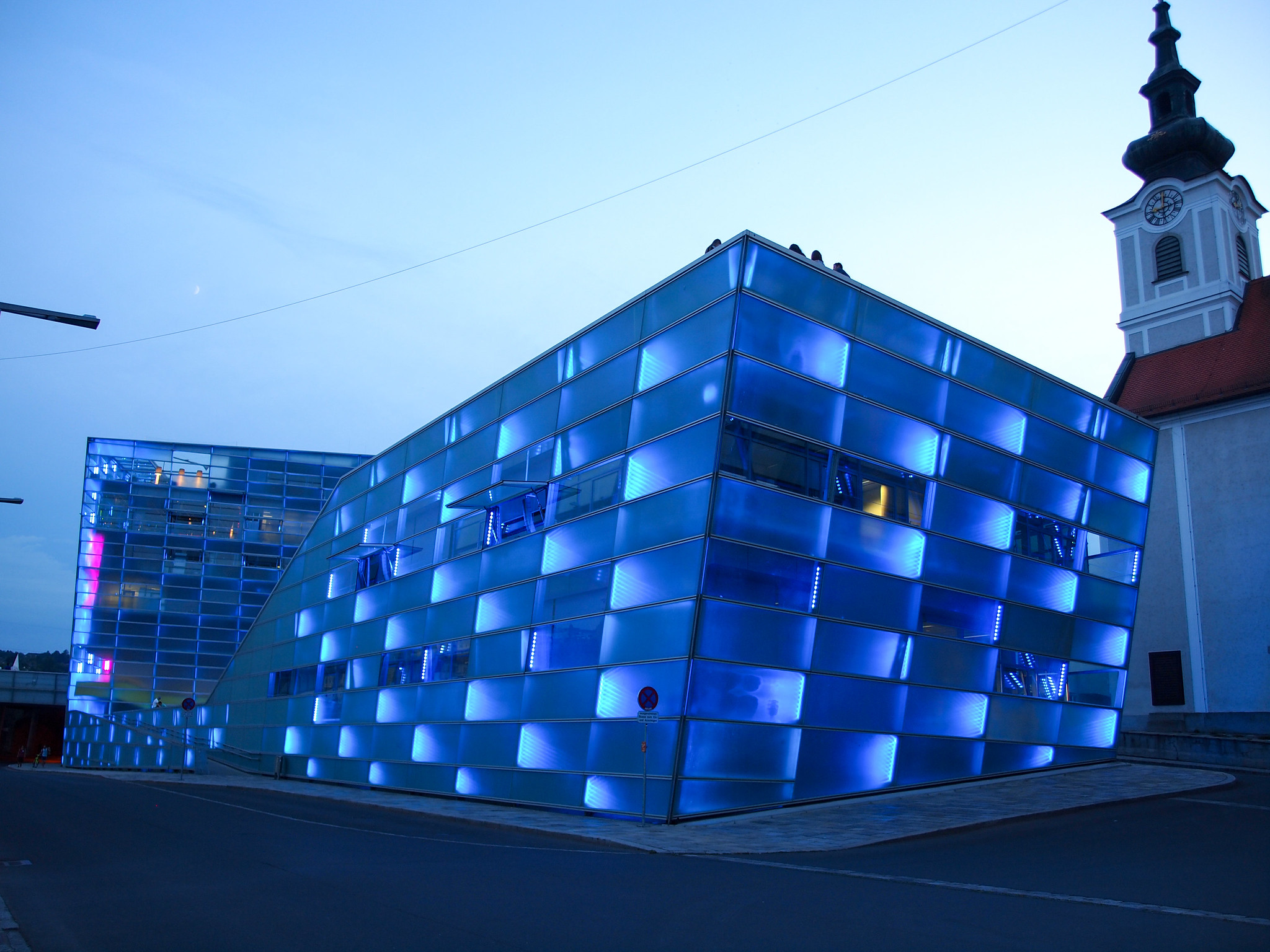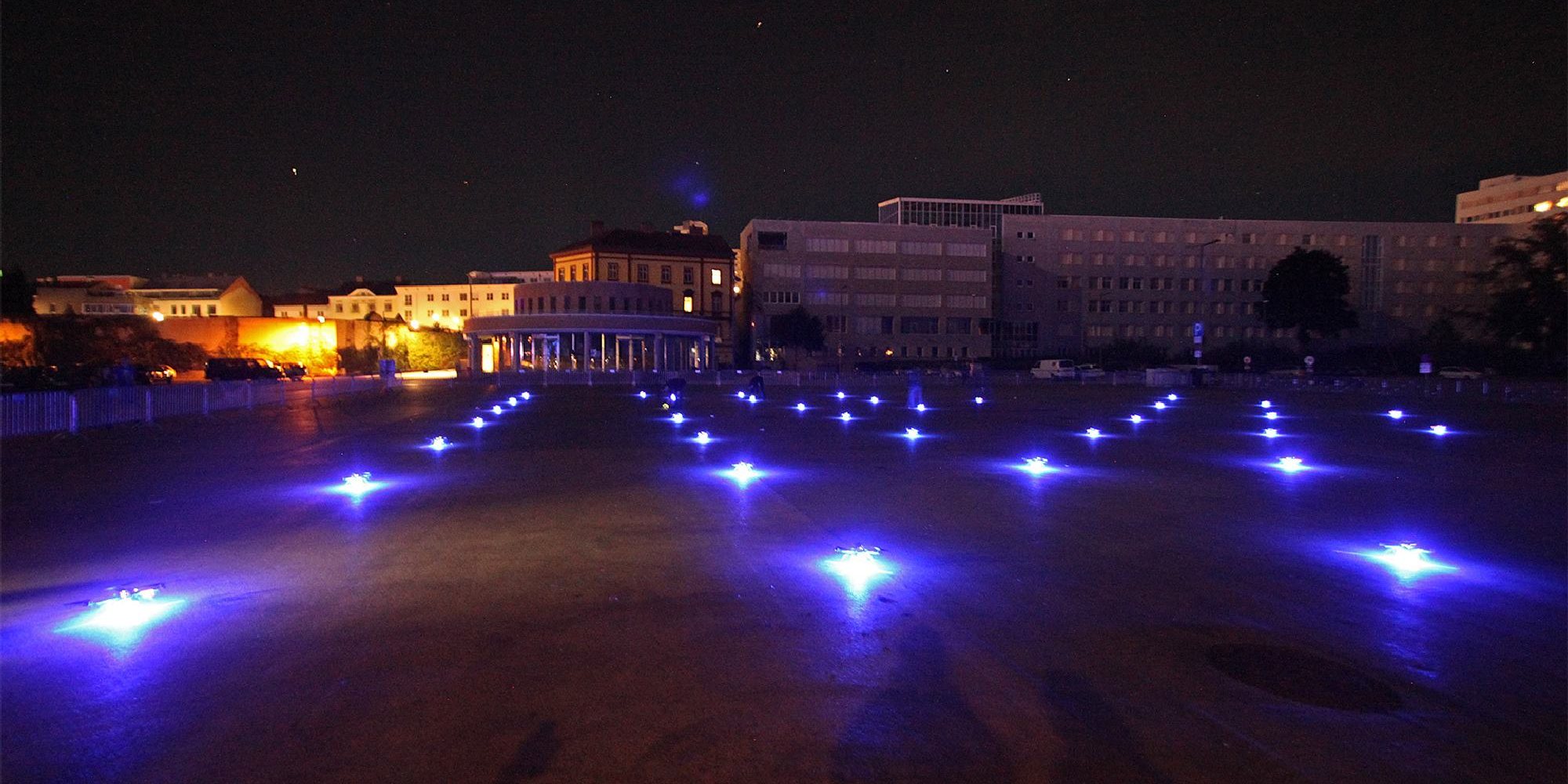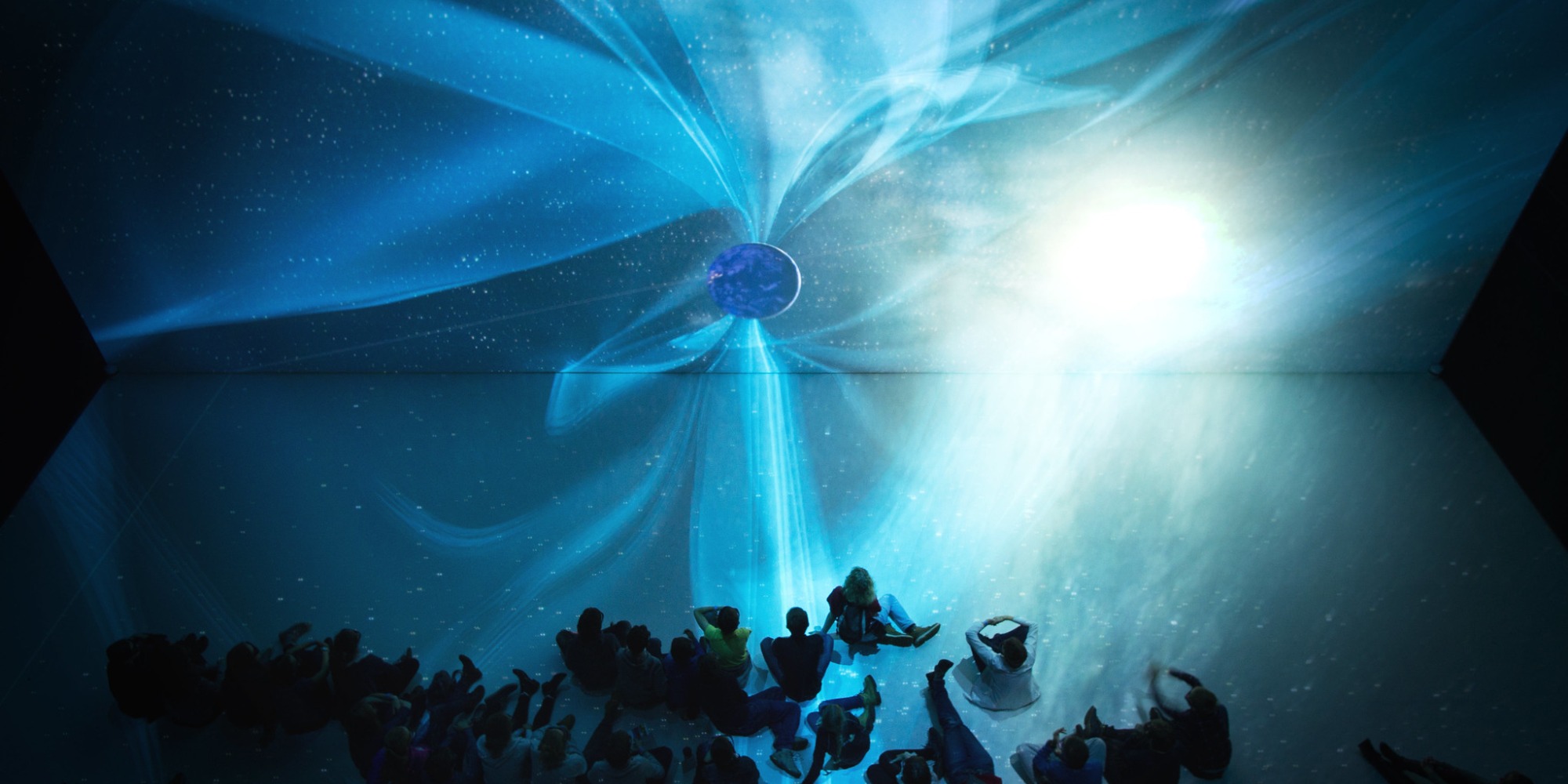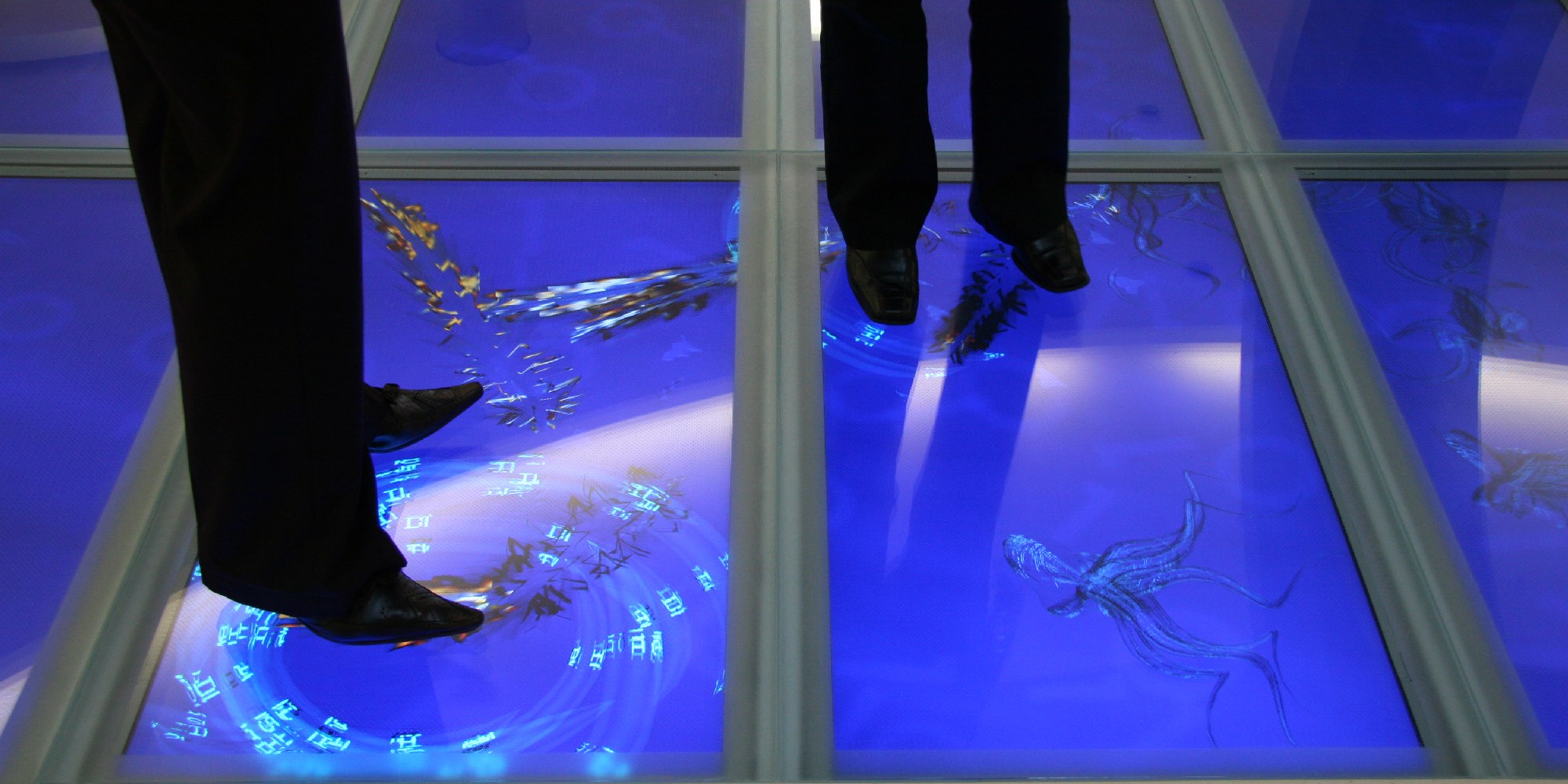“Es ist an uns, die Zukunft zu gestalten!
… und genau das tun wir Menschen, Tag für Tag”
Horst Hörtner ist ein Medienkünstler und Forscher mit Schwerpunkt auf Mensch-Maschine-Interaktion. Er hält mehrere Patente in diesem Bereich, insbesondere für Technologien im Zusammenhang mit Drohnenschwarmflügen (outdoor Drone Shows „Spaxels“), die sein Labor 2012 als Weltpremiere präsentierte.
Hörtner begann seine Karriere in der Medienkunst in den 1980er Jahren. 1990 war er Mitbegründer der Medienkunstgruppe x-space in Graz, Österreich, die Anfang der 1990er Jahre beim Prix Ars Electronica Anerkennung fand.
1995 trat er als Technischer Direktor bei Ars Electronica ein, um beim Aufbau des Ars Electronica Centers mitzuwirken, das 1996 eröffnet wurde. Zusammen mit Gerfried Stocker gründete Hörtner das Ars Electronica Futurelab, als Erweiterung der Ars Electronica. Von 1996 bis 2024 leitete er das Futurelab als Managing Director und bekleidet seitdem die Position des Senior Director. Im Jahr 2020 übernahm er zusätzlich die Rolle des Chief Technology Officer (CTO) der Ars Electronica.
Hörtners Arbeit als Manager, Künstler, Techniker und Autor konzentriert sich auf die Zukunft der Schnittstellen zwischen Kunst, (Techno-)Wissenschaft und Gesellschaft, er hält Vorträge bei zahlreichen internationalen Konferenzen und an Universitäten.
Zentrale Arbeiten
Zusätzliche Informationen
Ausgewählte Publikationen
Hörtner, H., Gardiner, M., Haring, R., Lindinger, C., Berger, F. (2012). Spaxels, Pixels in Space — A Novel Mode of Spatial Display. In: Proceedings of International Conference on Signal Processing and Multimedia Applications, SIGMAP 2012, SciTePress Digital Library.
Gardiner, M., Lindinger, C., Haring, R., Hörtner, H., Ogawa, H. and Ogawa, E. (2011). Social brainstorming via interactive fabrication. In: Proceedings of the 8th International Conference on Advances in Computer Entertainment Technology — ACE ’11, ACM, New York, NY, USA, Article 76, 2 pages.
Narzt, W., Wilflingseder, U., Pomberger, G., Kolb, D., Hörtner, H. (2010), Self-Organizing Congestion Evasion Strategies using Ant-Based Pheromones. IST World Congress Journal Special Issue in IET Intelligent Transport Systems, ISSN (Print) 1751-956X, Published by Institution of Engineering and Technology (IET), Vol. 4, No. 1, p.93 – 102.
the future of the lab Hrsg. Baltan Laboratories. Achtergrond 2010; In collaboration with 2018 Brabant Cultural Capital of Europe | Candidate; ISBN 978-90-815830-1-5; p.105-112 / 2010
Haring, R., Ogawa. H., Lindinger, C., Hörtner, H., Afshar, S., and Stolarsky, D. (2010). The city at hand: media installations as urban information systems. In: Proceedings of the 6th Nordic Conference on Human-Computer Interaction: Extending Boundaries (NordiCHI ’10). ACM, New York, NY, USA, 667-670.
Kuka, D., Elias, O., Martins, R., Lindinger, C., Pramböck, A., Jalsovec, A., Maresch, P., Hörtner, H., Brandl, P. (2009) DEEP SPACE: High Resolution VR Platform for Multi-user Interactive Narratives. In Proceedings of the 2nd Joint International Conference on Interactive Digital Storytelling: Interactive Storytelling (ICIDS ’09)
Lindinger, C., Haring, R., Hörtner, H., Kuka, D. and Kato, K. (2006) Mixed Reality Installation ‚Gulliver’s World‘: Interactive Content Creation in Nonlinear Exhibition Design. In: Göbel, S., Malkewitz, R., and Iurgel, I. (Eds.): TIDSE 2006, LNCS 4326, Berlin Heidelberg: Springer, pp. 312 — 323
Hörtner, H., Ranzenbacher, H. (2005). Sensorische Umgebungen — immaterielle Interfaces, In Code The Language of our Time, Ars Electronica, 2005.
Ausgewählte Blogartikel
Future Ink: Where is my soul?
Directors Talk — 25 years Ars Electronica Futurelab and beyond
25 years Ars Electronica Futurelab
Ideas for the Future
Swarm Control: The Future of Firefighting
Spaxels Research Initiative — Swarms of the Future
Ravel meets the Ars Electronica Futurelab at the L.A. Phil
A Behind-the-Scenes Look at the Spaxels
Spaxels in London
Horst Hörtner führt durchs Linz Verändert — Zelt
Host Hörtner at Oslolux





